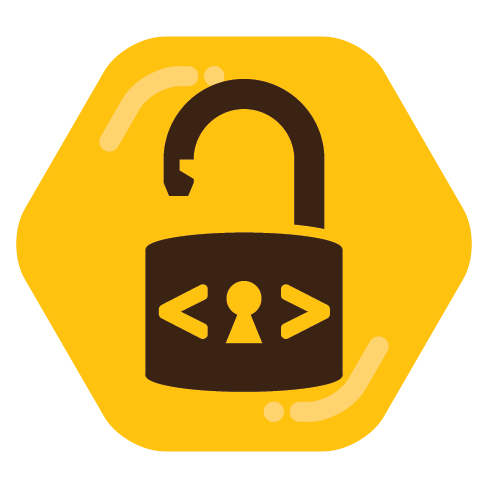

250,000 lines of brand new legacy code nobody has ever thought about or understood? Good luck with that.


250,000 lines of brand new legacy code nobody has ever thought about or understood? Good luck with that.


I have historically gone with PostgreSQL and had no complaints. The licensing issues concerning MySQL also give one pause (Oracle are greedy bastards who will use any excuse to extract money from captive customers, so depending on their properties is to be avoided). Having said that, these days, SQLite is probably sufficient for many workloads and has the advantage of not requiring a database server.
The Bryce of a new generation
Then “b” backwards would have to be “d”
“Hand-written assembly” is not more powerful than any other Turing-complete language (including Perl and Python), just more painfully slow and prone to human error to write. (Perhaps if you have a special case requiring speed (such as the processing being done in a tight loop in a financial trading app and the results needing to beat rival trading systems by milliseconds or something equally esoteric), it’d make sense, but in that case, a modern compiler (for, say, C/C++/Rust or similar) would yield comparable results, and if a lot is riding on those milliseconds, you’d eschew code and build a FPGA that pulls the data out of memory buffers in hardware or similar.)
So these days, the only use case for hand-writing assembly language (other than low-level OS/firmware programming or compiler development) is performative Feats Of Strength, where the challenge is the point. And in that case, you’d be trying to do something heroically challenging, like writing an Atari 2600 demake of Baldur’s Gate or something.


If you want more like this, there’s Bunnix, the UNIX clone someone recently built in a month. You can follow its progress here.


He should probably leave the US and go to Europe (where his Irish passport entitles him to work). He’s certainly not going to work at a Fortune 500 company any time soon, and any firm that hires him is likely to find itself reciprocally blacklisted.
The problem is that GPS signals are weak, and generally need a line of sight to the sky. Phones don’t rely on GPS alone, but also get location data by triangulating base stations and/or querying databases of WiFi SSIDs over the internet. And AirTags don’t contain either a GPS receiver or an internet connection: they’re just simple, low-power Bluetooth beacons which send an encrypted ID to any nearby iPhones, which add their locations and forward it to Apple.
Basically, all the smarts are in Apple’s infrastructure (including the numerous privately-owned devices running Apple’s location services). Replicating this without a network of roving receivers is a nonstarter.